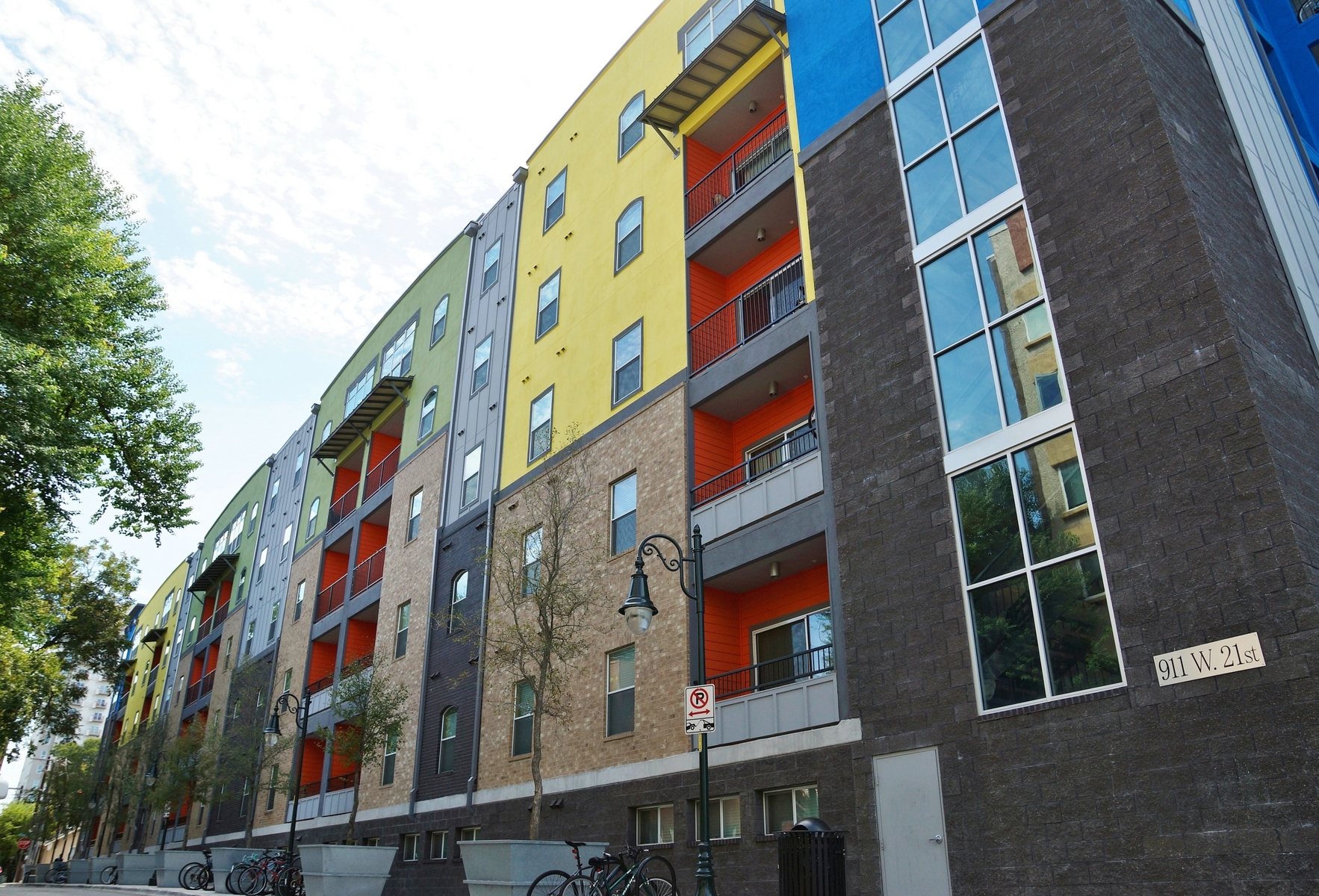Read more: https://rebusinessonline.com/priced-out-adding-affordable-units-to-student-housing/
So today, many cities are beginning to require that new developments offer some lower cost units. High-priced urban markets have been doing this for some years, but other cities — including Austin, Texas — between the coasts are also starting to look to developers to address the problem.
“When Austin changed the zoning in the West Campus neighborhood, which is called the University Neighborhood Overlay (UNO), they required 10 percent of units in new developments to be affordable,” says Jaclyn Fitts, director of CBRE’s National Student Housing Team. “Developers can now qualify with 10 percent of the beds. We have seen more of these efforts in urban areas, high-barrier-to-entry markets or high-cost-of-living markets.”
Texla Housing Partners, along with joint venture partner SAI, just acquired a property in the West Campus district. 21Pearl, which was built in 2014, contains 272 beds in 135 units. According to Roger Phillips, principal and CEO of Texla Housing Partners, the new ownership will continue the affordable “SMART” program.
SMART is an acronym for Safe, Mixed-income, Accessible, Reasonably-priced, Transit-oriented. It’s a policy initiative from the city intended to stimulate the production of housing throughout Austin for low- and moderate-income residents. Developers and builders of single-family, multifamily, and mixed-use developments that meet the standards in turn receive waivers of development fees, such as permitting, capital recovery and construction inspection.
For Texla at 21Pearl, 10 percent of the units will continue to be offered at 50 percent of Median Family Income (MFI) and another 10 percent at 80 percent MFI. The affordable units are required to be offered for 15 years from the first date of occupancy.
“If you want to do business in West Campus, this is the entrance fee you pay,” Phillips says. “West Campus is arguably the most desirable market in the country. You’re talking about maybe three-quarters of a mile, so it’s very dense and producing some of the highest rental rates in the country. You’re in a very select group that can afford construction, land costs and everything that’s involved with getting control of development in that market.”
Affordability requirements vary from city to city but can be determined using federal guidelines. Each fiscal year HUD publishes fair market rents. According to Jared Everett, senior vice president of university partnerships with Greystar, affordable housing is becoming an important topic for local government in markets where rental rate growth exceeds income growth.
“If you compare the national average of two and a half to three percent CPI and you have markets like California, New York or even Denver, we’re seeing rents that are increasing five or six percent a year,” Everett says.
Big picture, having some affordable housing, helps cities grow without pushing out middle- to low-income workers, such as teachers or police officers, who typically have to live far outside the cities where they work if land costs and rent premiums climb prohibitively high. This creates sprawl and burdens infrastructure and the environment. But developers don’t love the idea of potentially taking a loss on rents, and residents often have NIMBY objections or fears of property value dips.
— Lynn Peisner. This article originally ran in the March/April 2019 issue of Student Housing Business


